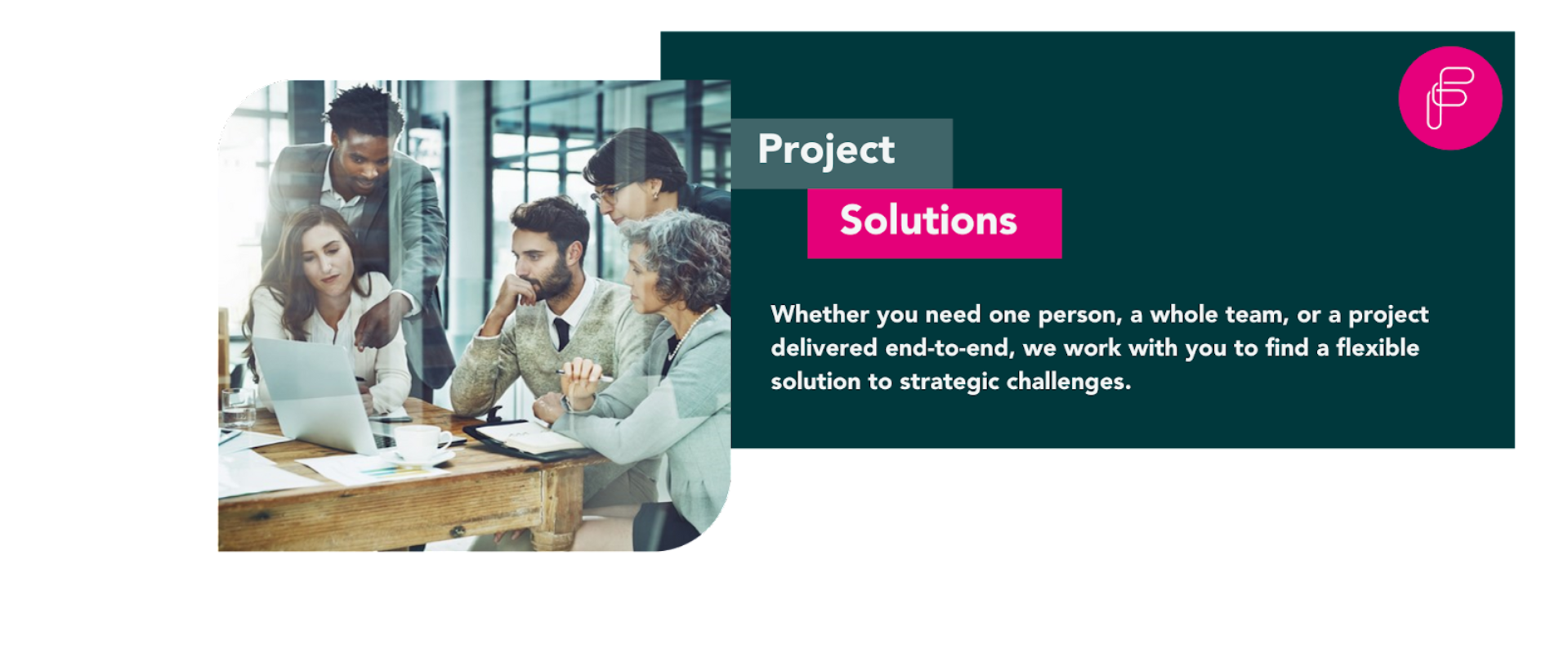When Disney merged with Pixar in 2006, it marked a landmark deal in the film industry. The merger combined the creative storytelling expertise of Pixar with Disney's distribution and marketing prowess, leading to box office hits like "Toy Story" and "Finding Nemo."
Notably, the merger has been mutually beneficial.
Disney has continued to produce critically acclaimed and commercially successful animated films under the Pixar brand while leveraging Pixar's storytelling talent across its broader portfolio. The result of this has been an impressive ROI:
“Over the course of 18 years, these Disney Pixar films have grossed over $7,244,256,747 worldwide.”
But mergers don’t always produce a happy ending. They require careful due diligence, cultural compatibility, effective integration planning, and a clear strategic vision to be successful.
We explore how to tackle the most challenging aspects of post-merger integration.
Will there always be challenges post-merger?
In an ideal world, major post-acquisition problems should be recognised and reviewed during the due diligence - that’s the intention, anyway. However, this might not always be the case.
Maybe decision-makers have total faith in the product and have decided to settle cultural differences post-deal. Maybe there was a blind spot during the diligence process, and your operational alignment isn’t as seamless as you first thought.
Either way, anyone involved in the world of M&A knows it’s rarely a bump-free process.
And when it comes to statistics, we know that successfully delivering a merger is more of a rarity than not.
“Study after study puts the failure rate of mergers and acquisitions somewhere between 70% and 90%”, mentions Harvard Business Review
Post-merger integration can determine the success or failure of a merger. When done well, it can harmonise and align the merging companies, their cultures, processes, and operations.
Additionally, it helps maintain customer satisfaction, retain key talent, and leverage the strengths of both companies to create a stronger, more competitive entity. Ultimately, post-merger integration is vital for realising the strategic objectives and value creation envisioned when planning for the merger.

Finding additional support for mergers
Mergers can be extremely costly, time-consuming, and stressful processes. To help alleviate these pressures, sometimes engaging with an external consultancy can be valuable.
At Freshminds, our experience in both pre and post-deal means we know how to harness the right expertise at the right time. So, whether you need someone to build a Target Operating Model (TOM), design a roadmap to implement it, or other support, we can provide it.
We explore 6 of the most major integration challenges below:
1) Cultural synergy
One of the most critical challenges in post-merger integration is combining two (sometimes) distinct corporate cultures. Employees from both organisations may have different values, work styles, and communication methods.
To address this challenge and encourage good synergy, it’s worth considering these steps:
Firstly, conduct a thorough cultural assessment of both companies before the merger to identify similarities and differences. This assessment can involve surveys, interviews, and focus groups to gather insights from employees.
Secondly, develop a comprehensive communication and change management plan to facilitate transparency and open dialogue. Communication is key to addressing employee concerns, managing expectations, and creating a shared vision for the merged entity.
Thirdly, establish cross-functional integration teams to bridge cultural gaps and foster collaboration. These teams should consist of individuals from both organisations who can act as ambassadors, facilitating knowledge sharing and cultural exchange. They can help build relationships, resolve conflicts, and promote a sense of unity and shared purpose.
You can also invest in team-building activities, training programs, workshops, and other initiatives to help employees embrace the new culture. This investment in cultural integration will create a more cohesive and productive workforce.
2) Organisational structure alignment
Another complication can arise in reconciling different organisational structures, reporting lines, and decision-making processes. Failure to address these differences can lead to confusion, power struggles and inefficiencies.
Here are some strategies to overcome this challenge:
Firstly, conduct a detailed analysis of the organisational structures and identify areas of overlap, duplication and strengths and weaknesses. This analysis should consider factors such as reporting relationships, span of control, and decision-making authority.
Secondly, define a clear and streamlined reporting hierarchy to avoid ambiguity and improve accountability. Clearly communicate reporting lines to all employees and ensure they understand their roles and responsibilities within the new structure. This clarity will minimise confusion and empower employees to make informed decisions.
Thirdly, engage key stakeholders to gain their input and ensure a sense of ownership in the new structure. Involve managers and employees from both organisations in the decision-making process to increase buy-in and commitment. By considering their perspectives and addressing their concerns, you can build trust and foster a sense of shared ownership.
Most importantly, support your employees. Offer workshops or individual coaching sessions to help employees understand the changes and acquire the skills necessary to thrive in the new structure.
3) Talent attraction
Post-merger, employees may experience anxiety about job security, role changes, and potential redundancies. Equally, attracting key talent is crucial for maintaining business continuity and maximising the benefits of the merger.
But talent management doesn’t have to be linear. For instance, retaining employees while also attracting new ones, whether that be interim or permanent, can be a good way to encourage the adoption of new structures and products.
Often, fresh eyes can provide a new perspective, while current employees will be a great source of knowledge and experience. The best way to approach workforce changes is to:
Communicate: Be proactive and transparent with employees about the merger's implications, including any potential job changes or redundancies.
Develop a comprehensive talent strategy: Identify critical roles and high-potential individuals who are essential to the success of the merged entity. For new talent, offer competitive compensation packages, performance-based incentives, and opportunities for career growth to retain top talent, and if possible, work with a talent resourcing company, such as Freshminds, that knows how to deliver top talent.
Offer training and development opportunities: By investing in training programs, workshops, and mentoring initiatives, you can empower employees to adapt to the changing landscape and develop the skills required for their evolving roles.
It’s important not to lose the human touch during the post-merger process; foster a supportive and inclusive work environment to promote employee engagement and loyalty. Cultural integration plays a significant role in creating an inclusive workplace where employees from both organisations feel valued and respected.

4) Aligning tech stacks
Integrating different operational processes, IT systems, and supply chains is a complex task that requires careful planning and execution. Failure to do so effectively can result in disruption, increased costs, and decreased customer satisfaction.
To solve the issue, it may be worth considering the following process:
Firstly, conduct a thorough assessment of operational processes and systems to identify which tools you want to keep or implement. This analysis should involve mapping out each organisation's processes, identifying overlaps, redundancies, and opportunities for streamlining - make sure you engage process owners!
Secondly, develop a detailed integration plan with clear timelines, milestones, and assigned responsibilities.
Establish cross-functional integration teams to facilitate coordination and collaboration across departments. These teams should include representatives from various functional areas, such as operations, finance, IT, and supply chain management. Their role is to ensure effective communication, facilitate knowledge transfer, and address any operational challenges that arise during the integration process.
Whether you invest in new products or uplift old ones, a comprehensive tech integration strategy should be developed to align systems, consolidate data, and ensure interoperability.
5) Loss of momentum
Momentum is what drives a team or project forward, it’s what grows a company, and it’s what can transform a 1-year project into a 6-month project.
When you lose momentum during the integration process, it often means one thing, the project, process, or objective has no longer become a priority to those working on it.
Teams can lose momentum for several reasons:
They’ve lost sight of the end goal through a lack of or a convoluted roadmap
They experience internal conflicts
They feel discouraged by a lack of achievable milestones or targets
They feel like they don’t have a voice and/or their opinions aren’t valued
They don’t have the needed resources
Of course, many of these issues can be fixed. But often, the hardest part of momentum loss is discovering the cause of it. That’s why communication is so crucial. Ensure the team has enough channels to express their opinions, give feedback, and request additional training.

6) Lack of leadership
It’s clear that all of the above are important puzzle pieces for achieving picture-perfect integration. But without leadership to recognise the issue, strategise solutions, and drive change, there’s not much hope in resolving the challenges.
Good leadership offers:
Vision and Direction: Effective leadership provides a clear vision and direction for the newly merged entity - and they should be able to communicate this clearly.
Decision-making and Prioritisation: Post-merger integration involves numerous decisions, ranging from strategic choices to operational details. Leaders need to make informed decisions promptly, balancing the interests of both the merged entities.
Employee Engagement: Mergers can create uncertainty and anxiety among employees. Effective leadership is essential for maintaining employee morale, engagement, and retention during the integration process. Leaders should be transparent and honest with their teams.
“Leadership is the capacity to translate vision into reality.”
— Warren Bennis
Final thoughts on post-merger integration challenges
Successfully navigating the post-merger landscape requires addressing the significant challenges that arise during the integration process, but it also requires a degree of empathy for those driving and experiencing change.
By proactively tackling cultural integration, aligning organisational structures, retaining key talent, and ensuring smooth operational integration, companies can enhance the likelihood of a successful merger and realise the full potential of their combined strengths.
The key to overcoming these challenges lies in effective communication, meticulous planning, and a commitment to nurturing a supportive and inclusive work environment. With careful attention to these areas, organisations can achieve seamless post-merger integration and position themselves for long-term success.







